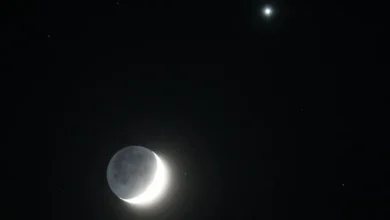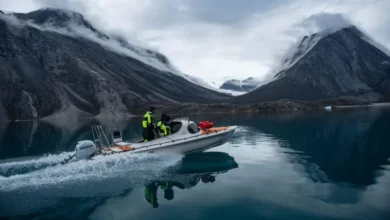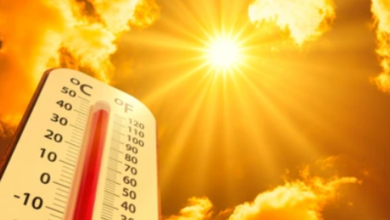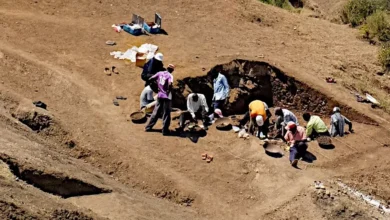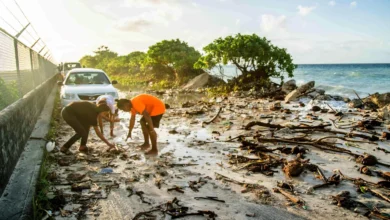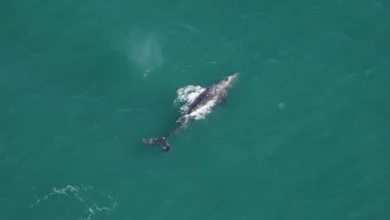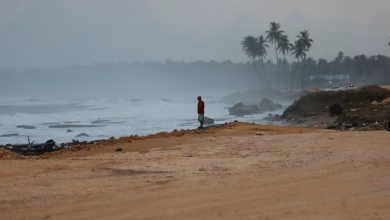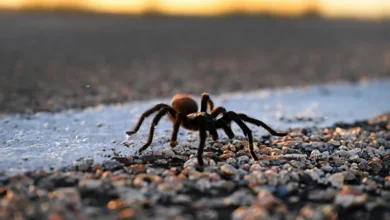Scientists prepare to save monarch butterfly from extinction
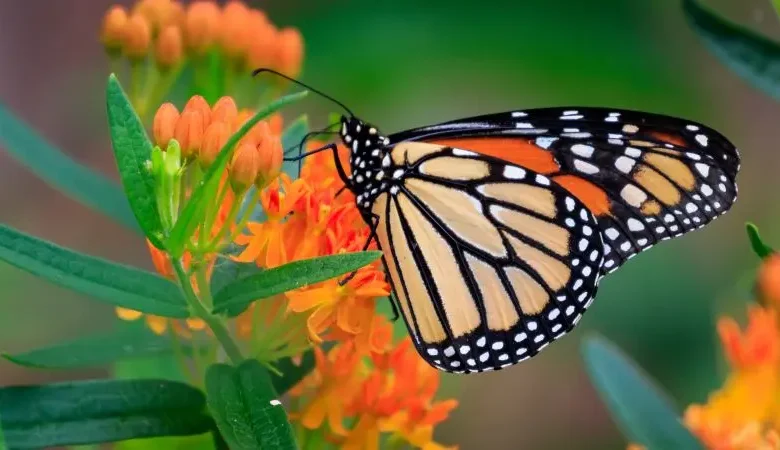
Scientists in North Dakota announced Tuesday they are prepared to repopulate the iconic orange and black monarch butterfly, which has been classified an endangered species in North America, in the event “of a rapid extinction.”
U.S. Department of Agriculture scientists at the Agricultural Research Service’s Weed and Insect Biology Research Unit in Fargo revealed they have developed the first-ever cryopreservation protocol for “the successful long-term storage of monarch butterfly germ plasm” or sperm cells.
“This study is the first to implement a technique to extract semen from the male reproductive tract in insects, a common technique used in mammals,” said Courtney Grula, a scientist at the Weed and Insect Biology Research Unit.
The technique allows for preserved samples to “remain viable and highly intact post-cryopreservation.”
In the event of population loss, the viable sperm cells could be used to bring back the monarch butterfly. ARS researchers are currently assessing artificial insemination techniques for female butterflies using cryopreserved sperm cells.
The number of monarch butterflies declined rapidly between 1996 and 2014 before stabilizing over the past decade. The remaining threats of climate change, the rapid disappearance of butterfly habitats and loss of native plants, such as milkweed, continue to threaten the pollinators.
“For people who are interested in helping monarch populations, they can plant common milkweed in their yard, as this is utilized by monarchs for egg laying and larval diet,” said Grula.
Researchers are teaching cryopreservation techniques to breeders at the San Diego Zoo, while extending the technique to cryopreserve spermatozoa from other endangered species, such as the Sacramento checkerspot butterfly in New Mexico.
Monarch butterflies can travel between 50 and 100 miles a day as they migrate every year from Mexico to Canada.
“The persistence of the monarch butterfly’s spectacular and unique migratory phenomenon is dependent on the conservation of habitats in Canada, the United States and Mexico,” according to the U.S. Forest Service.
“No species better symbolizes the ecological links among the three countries.”
